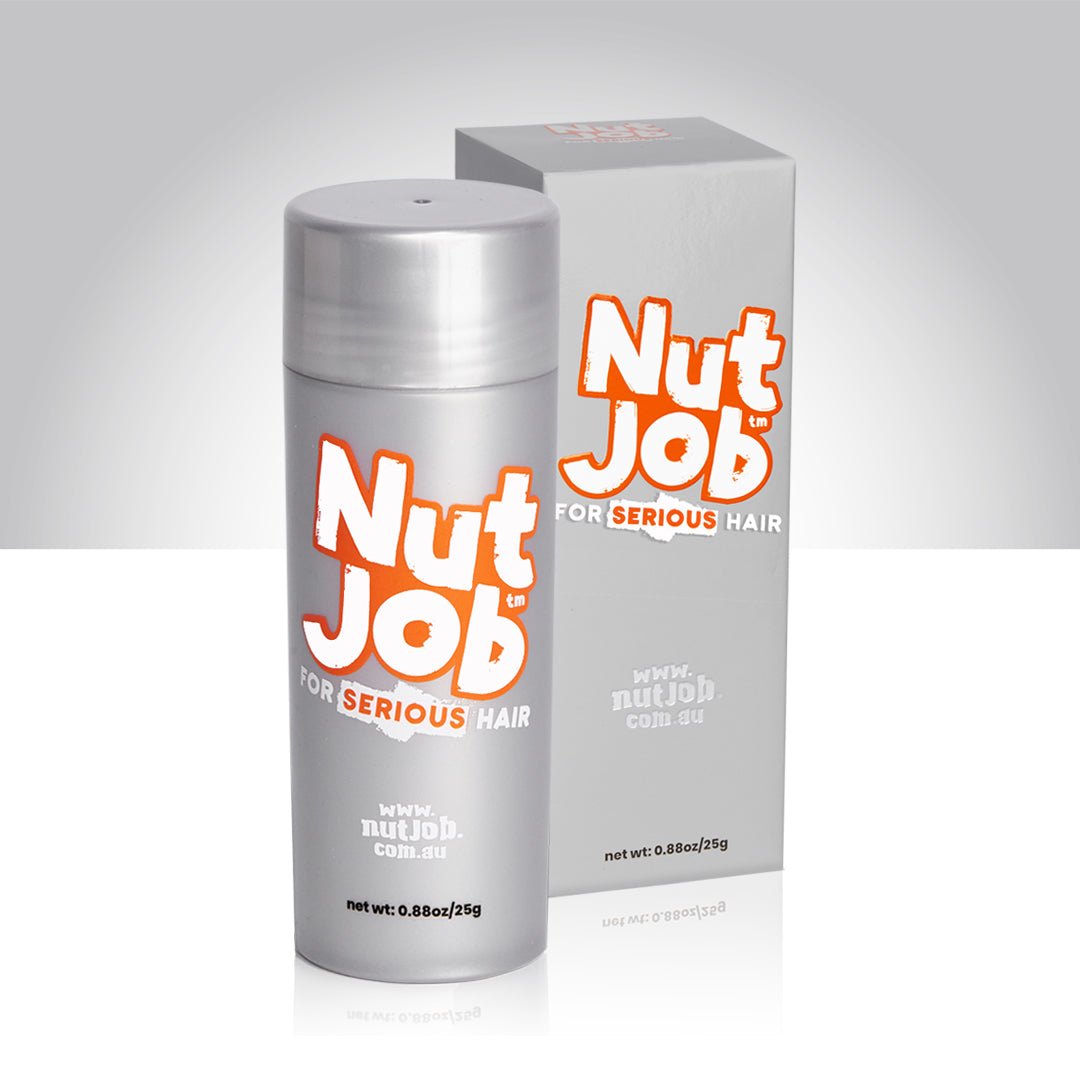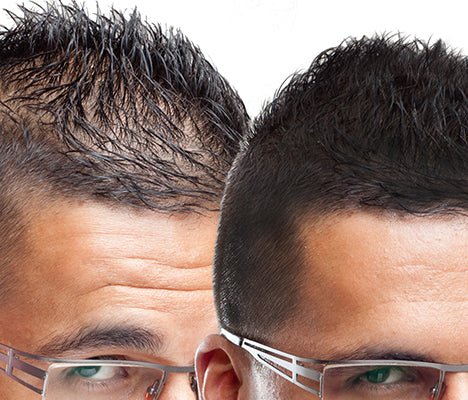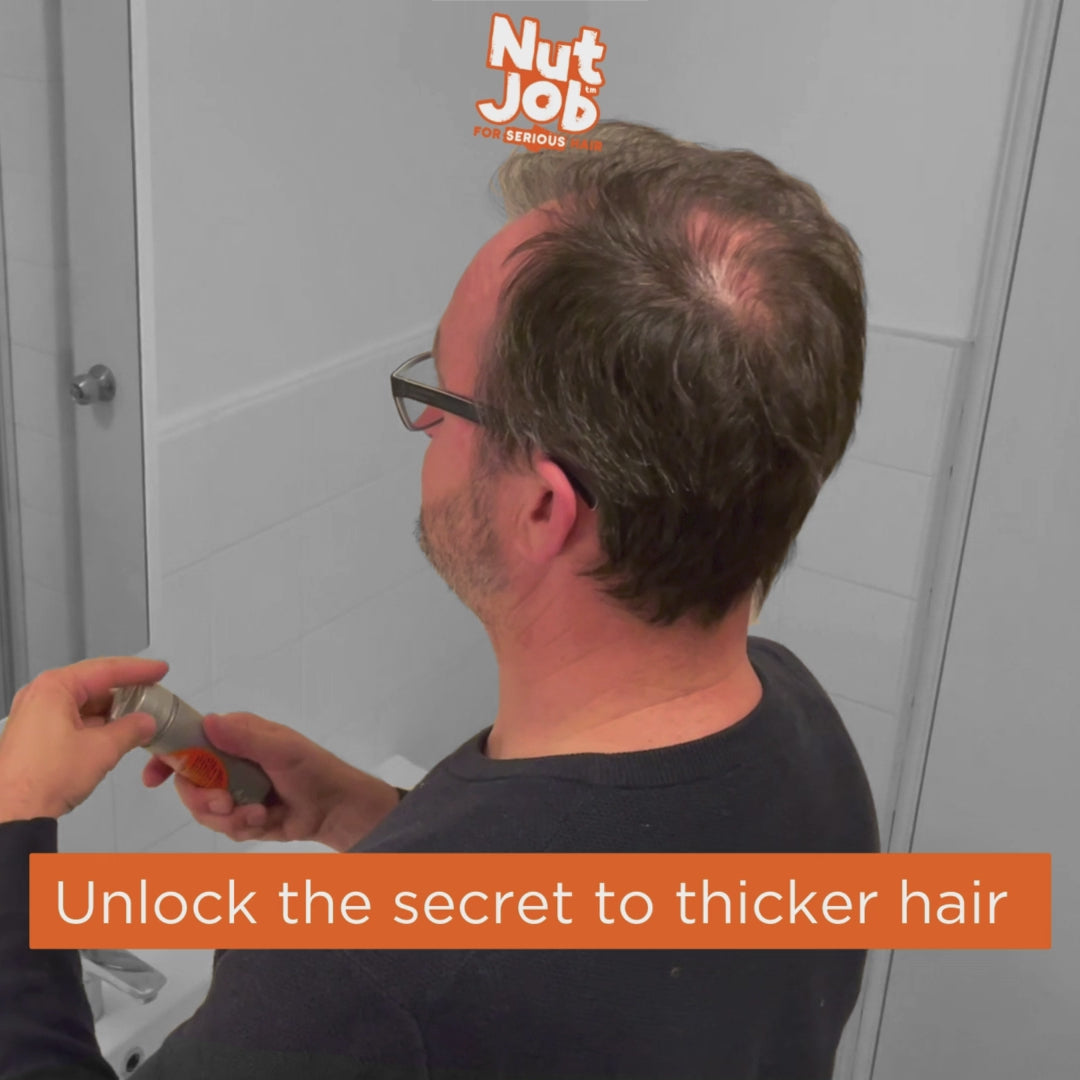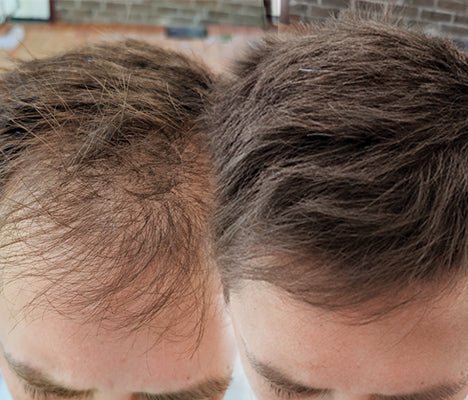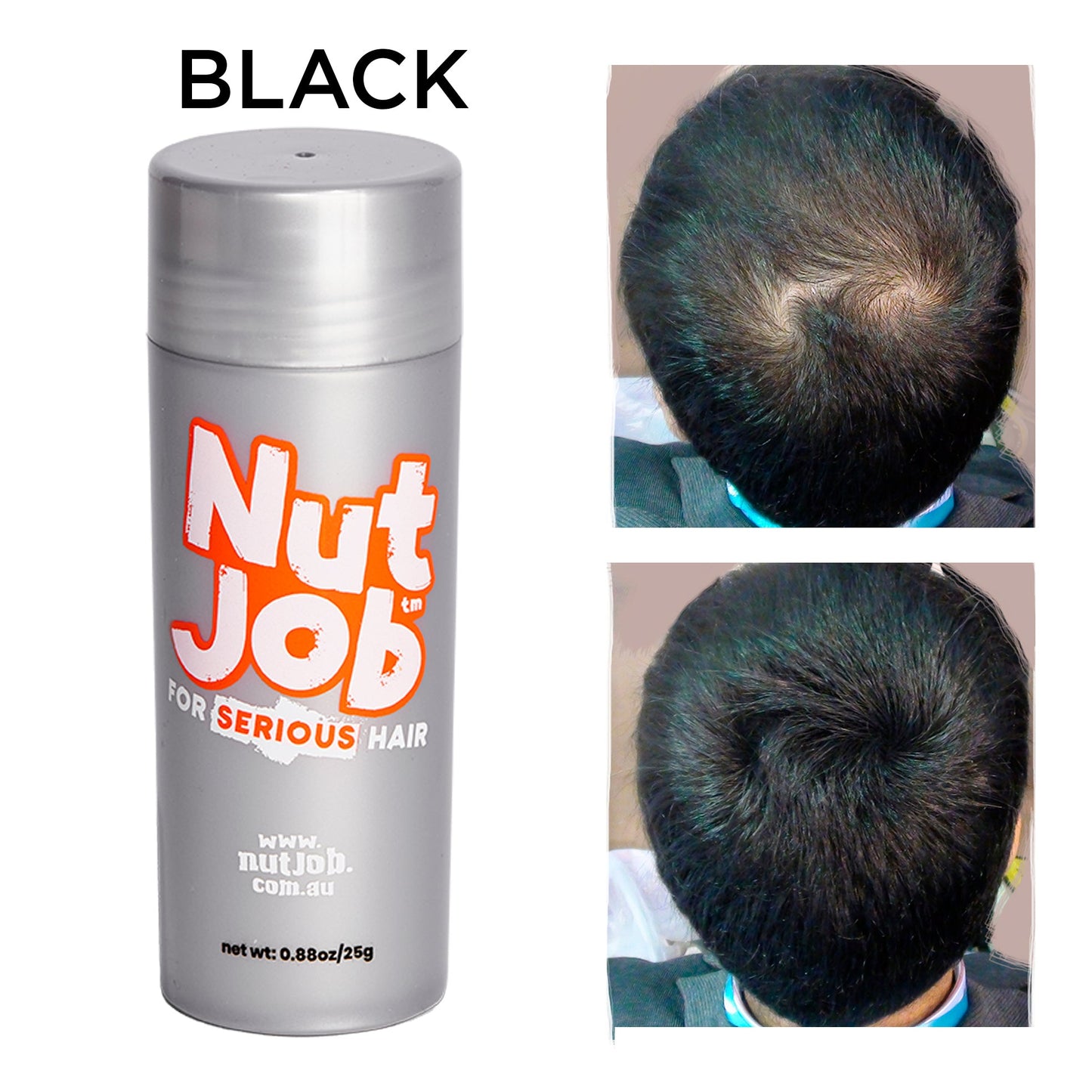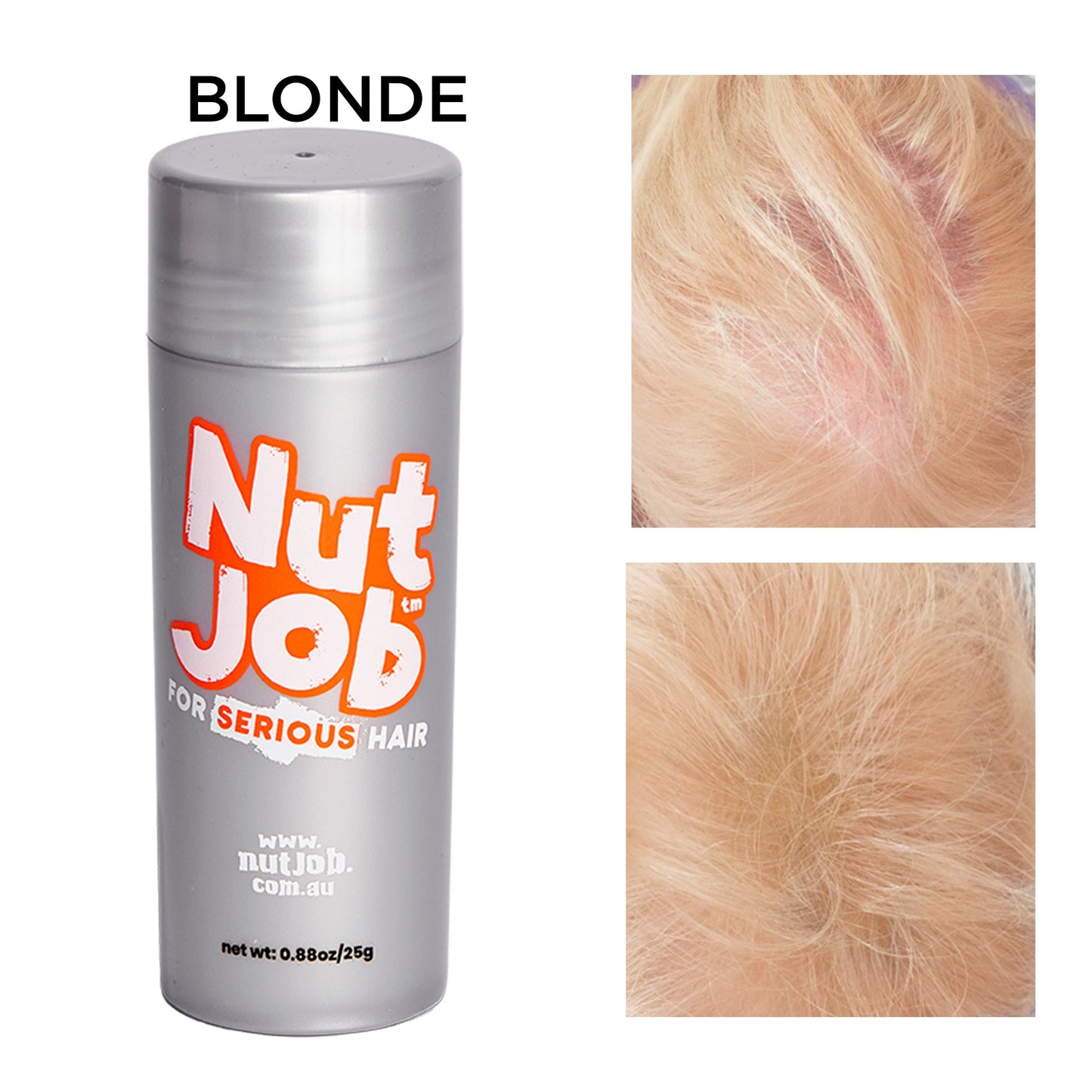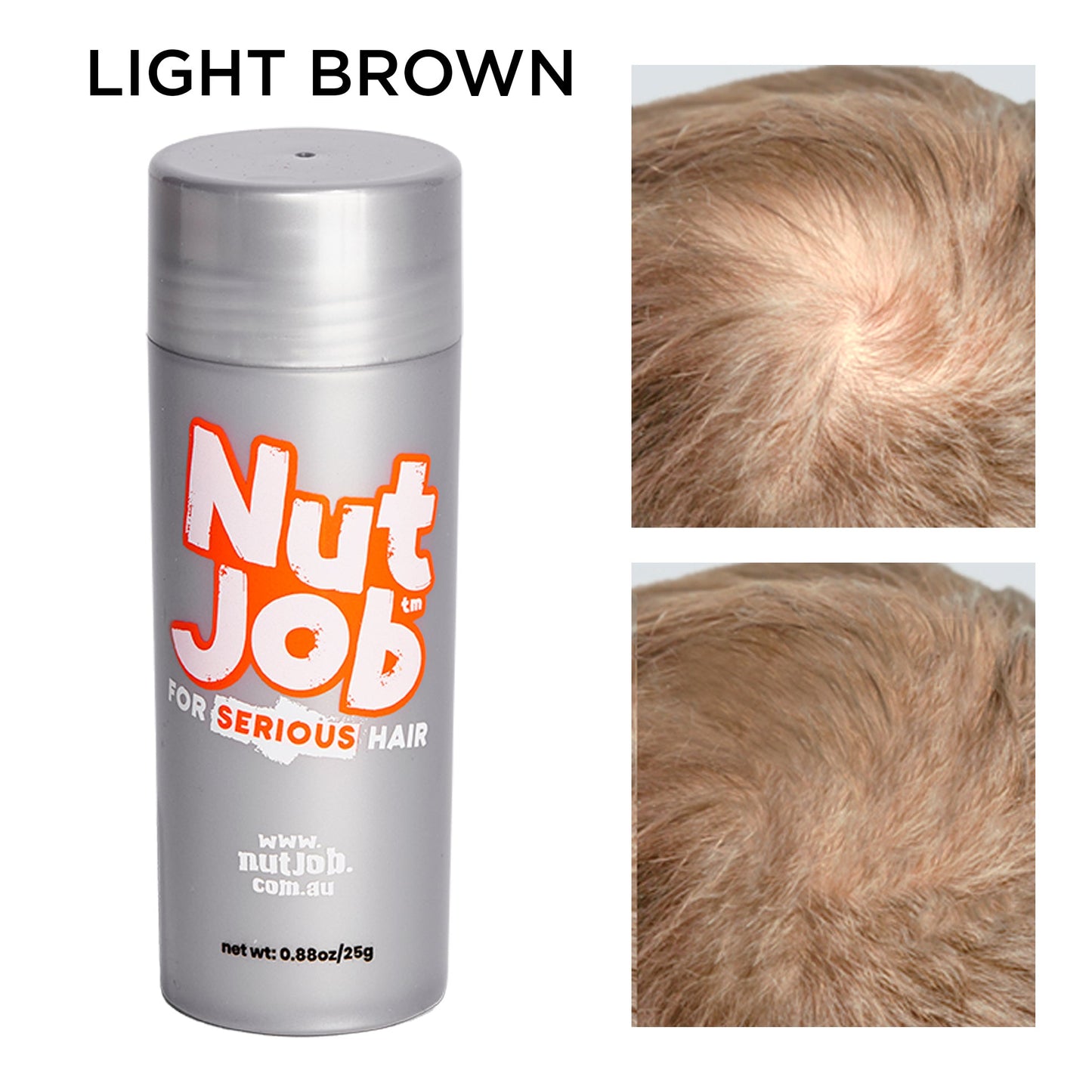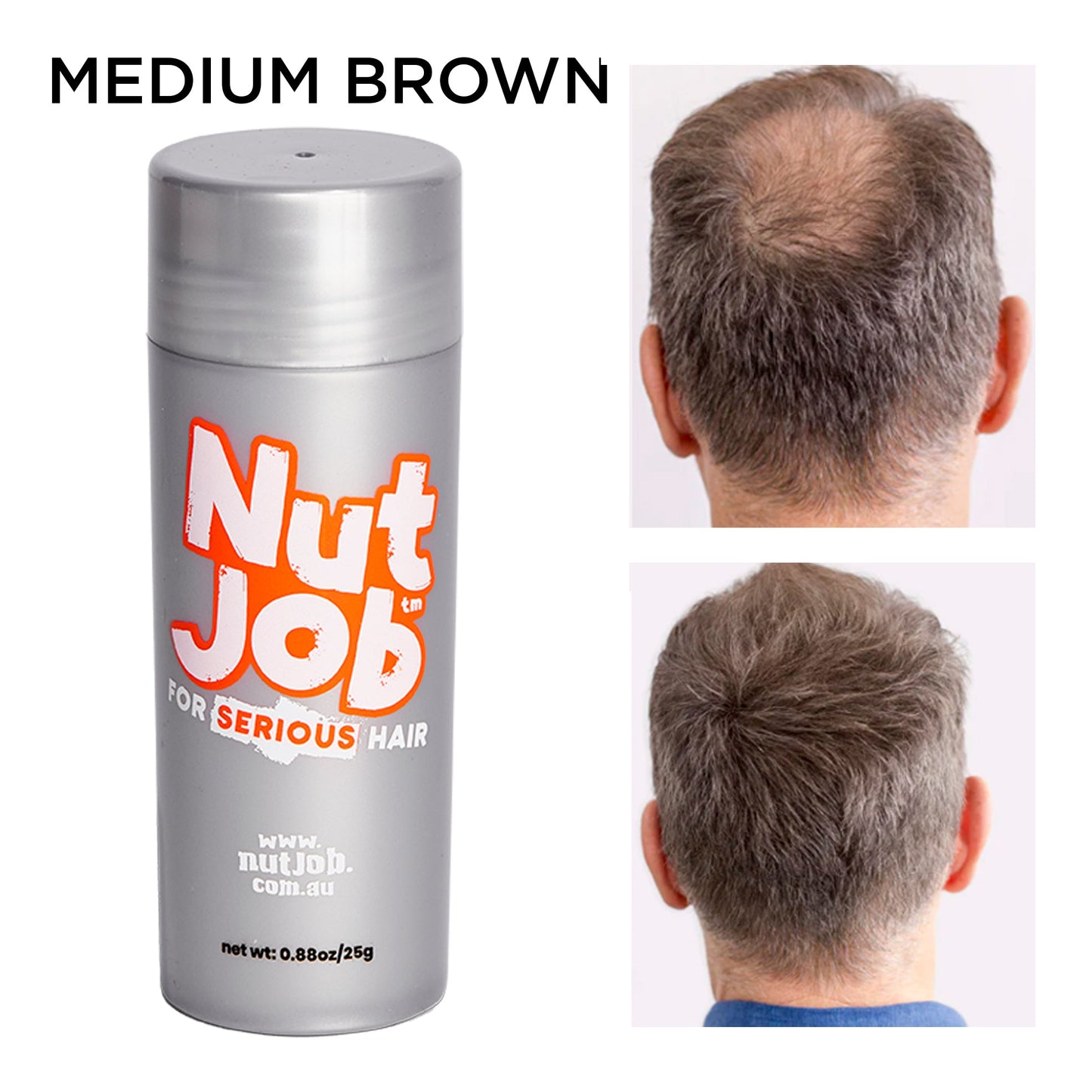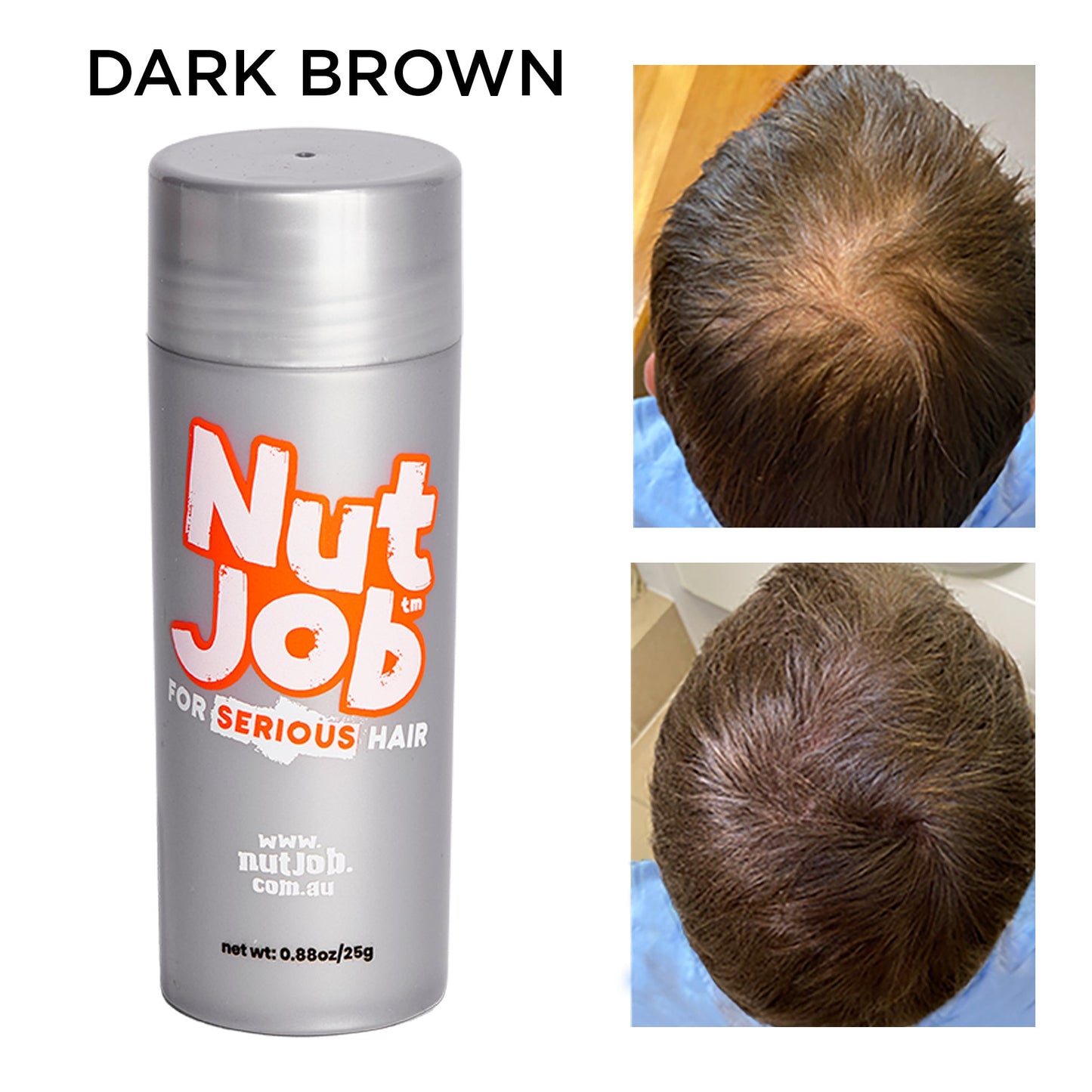
So, why does hair loss always feel so personal? 🌱🧑🔬
Let's set the scene: your morning routine is in full swing. You're brushing your teeth, maybe humming your go-to shower tune, when suddenly… there it is. Another hair. Sitting on your sink. Mocking you.
You think, Where are you all going? Did I do something wrong? Come backyyyy!
Here’s the hard truth: it’s not about you. It’s not about your shampoo. And no, it’s not that hat you wear a little too often. (We see you.)
Meet DHT, aka dihydrotestosterone a hormone that basically has it out for your hair follicles for reasons we’re still waiting on an apology for. DHT is the bad cop in the hormonal buddy-cop movie, wreaking havoc on your scalp, shrinking hair follicles, and slowing their ability to grow healthy new strands.
What Even Is DHT?
Let’s get nerdy for a sec. 💡
DHT is a byproduct of testosterone meaning, if you have testosterone in your body, congratulations, you also have DHT. This isn’t always a bad thing: it plays a role in early development by helping to establish certain physical characteristics during life’s formative stages (hello, puberty).
But as time marches on, DHT kind of overstays its welcome.
In some people (hi, genetics!), DHT binds itself to receptors in your hair follicles. This sets off a chain reaction where the follicles shrink, becoming thin, weak, and ultimately quitting their hair-making job altogether. What you’re left with is that telltale thinning, receding hairline, or bald spot situation. Cheers, science!
Is DHT Really to Blame for Most Hair Loss?
Short answer? Yes.
Long answer? DHT plays a starring role in what’s called androgenic alopecia (a fancy name for male or female pattern hair loss). And the frustrating part is that this is primarily genetic. If your parents or grandparents experienced hair loss tied to DHT, chances are, you’ll do a bit of follicular battle too.
But don’t take this as a "bald destiny" moment it’s not like DHT is all-powerful. Arm yourself with knowledge (like, say, reading this blog), and you can fight the good fight.
How Do You Know if DHT Is Messing with Your Hair?
Not every thinning-hair situation is DHT-related, but here are a few signs it might be the prime suspect:
• Receding Hairline: DHT tends to target the hair around your temples and crown first, leaving the sides and back largely untouched. Hence, the classic “M” shape for men.
• Thinning at the Crown: If you’re noticing a wider spot when you look closely in the mirror or someone’s kindly pointed it out (#thanks), DHT may be at work.
• Slow Hair Growth: If it feels like it’s taking forever to grow your hair back after trimming it, it might be because miniaturized follicles are struggling to do their thing.
If you’re still unsure, talking to a dermatologist or hair specialist can help confirm whether DHT is your arch-nemesis.
Can You Outsmart DHT? Spoiler: Yes. 🧠✂️
Now that you’ve been properly introduced to DHT hair’s not-so-friendly neighborhood hormone here’s the good news: we’ve come a long way in understanding how to neutralize it.
Here’s the toolkit for waging war on follicular shrinking:
1. Hair Loss Treatments That Block DHT
Some high-quality scalp products, like shampoos or serums, are specially formulated with DHT blockers. These ingredients help prevent DHT from binding to hair follicles, supporting healthier, stronger hair. Our product range is a great place to start tackling DHT-related concerns effectively.
2. Medications That Tackle the Root Cause
Certain prescription medications, like finasteride, physically block the conversion of testosterone into DHT. This keeps the hormone levels more balanced and gives your follicles a fighting chance to breathe.
3. Lifestyle Tweaks for a Healthier Scalp
Okay, DHT might be Public Enemy #1 here, but there are other factors that influence hair loss, like stress, diet, and inflammation. Supporting overall scalp health with a nutrient-rich diet and gentle self-care can help your hair stand its ground.
4. The Instant Fix (That Looks Amazing): Nut Job!
Sometimes, you need results yesterday. That’s where quick solutions like Nut Job come in. It’s not just about addressing the science behind hair loss but also realizing how incredible you can look right now with the right tools in hand.
